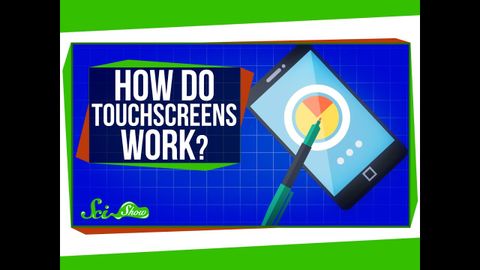触摸屏如何工作?(How Do Touchscreens Work?)
joey joey 發佈於 2021 年 05 月 16 日  沒有此條件下的單字
沒有此條件下的單字US /səbˈskraɪb/
・
UK /səb'skraɪb/
US /spɪˈsɪfɪk/
・
UK /spəˈsɪfɪk/
US /ˈmʌltəpəl/
・
UK /ˈmʌltɪpl/
- adj.多重的;多種的;多發性的;多重的
- n. (c.)多;多個的;乘數
- pron.多重的
US /ˈkɑnstənt/
・
UK /'kɒnstənt/

